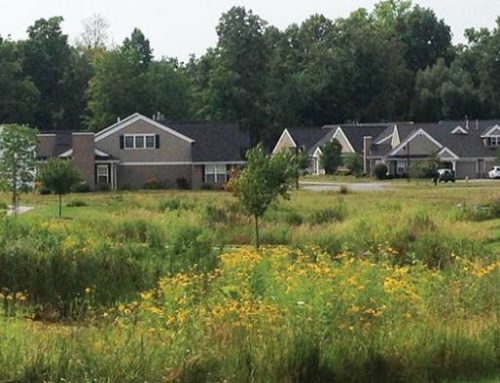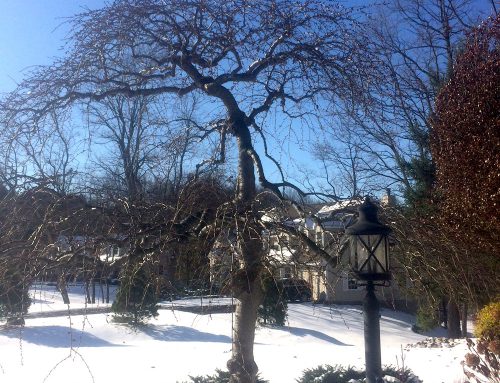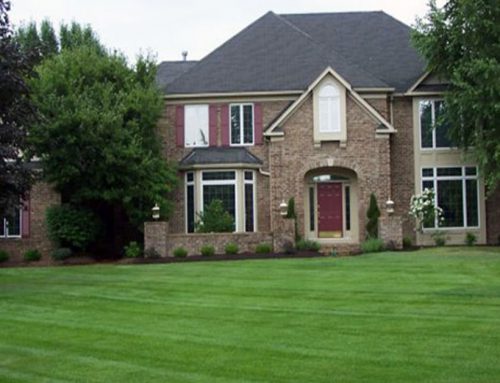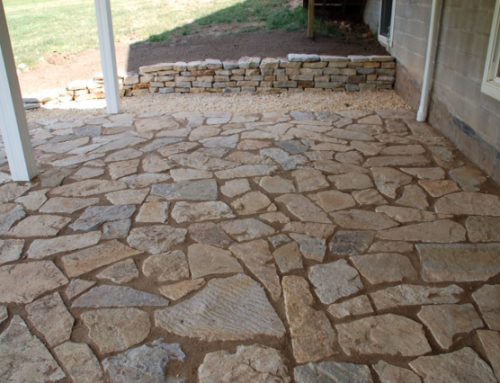February was Rochester’s coldest month. Ever. What does this mean for your outdoor plants? The average temperature recorded here last month was 12.4 degrees, which means we can expect to see some damage to our landscape plants and lawns.On a positive note, the deep snowpack can act like an insulator and with consistently cold temperatures; we don’t have the fluctuations that can make things worse.
Cold temperature damage goes further than our frozen fingers and toes- we might see dieback of twigs and branches on trees and shrubs, and in some severe cases complete dieback of the whole plant. These temperatures we have been experiencing will also effect and possibly effect flower production- good news is that long term damage won’t occur.
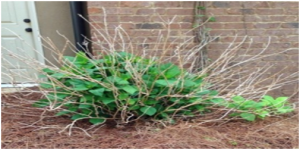 Hydrangeas are particularly susceptible, but don’t act too quickly on pruning out those seemingly dead canes- give them some time to try and push out that growth. We saw some Hydrangeas wait until July last year to peak their heads out! Old wood bloomers may still push growth from the base.
Hydrangeas are particularly susceptible, but don’t act too quickly on pruning out those seemingly dead canes- give them some time to try and push out that growth. We saw some Hydrangeas wait until July last year to peak their heads out! Old wood bloomers may still push growth from the base.
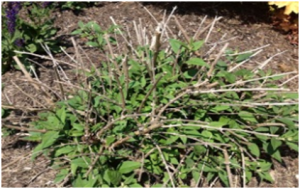 Butterfly Bushes are another landscape plant that may not fare well after this winter. Keep an eye on them this spring, if you don’t see any green, prune them down hard to about 12-18” from the ground and hope that this stimulates a growth response from the base of the plant.
Butterfly Bushes are another landscape plant that may not fare well after this winter. Keep an eye on them this spring, if you don’t see any green, prune them down hard to about 12-18” from the ground and hope that this stimulates a growth response from the base of the plant.
Desiccation injury will likely be seen on many needled evergreens, foliage exposed to the drying effects of wind and sun may dry out and die. While the damage occurs in the winter, it may not become visible until the spring and summer months!

While the deep snowpack can act like an insulator for low growing plants, it may be damaging as well. Even lawns can suffer damage from freezing temperatures and you can bet you will see plenty of tunneling from moles/voles after it all melts.Another common sight will be snow mold on the lawn, which can be taken care of with a rake and some elbow grease.
What to do for injured plants? The options are to prune out the affected areas and provide a good growing environment to eliminate sources of further stress. This means watering and mulching. Food reserves in roots should support new growth in the remaining living parts of the plant. Fertilizer is not the answer at this time.
As the snow slowly melts away this spring, and we finally feel that urge to go out and assess the damage- take a good look at the structure of your plants to see if corrective pruning is needed. Maybe some of the branches of your Arborvitae are drooping down and could be tied up too. For your bigger trees, call an arborist to come out for an assessment. Try and have some patience with those flowering shrubs/trees- they may come around!




